
Although many political organizations make claims of solidarity with indigenous struggles, in practice there is not even a trace of it. In part, this is because political organizations are organizations of synthesis - meaning that they aim to integrate different individuals, groups and communities into a manageable and controllable whole, under their leadership They see their fundamental task as recruiting members, since an increase in membership is supposed to correspond to an increase in the political power of the organization. The struggle takes a backseat, and independent initiative and action are condemned. Orders and information are handed down from the top. The organization is an end in itself. [...]
If non-indigenous anarchists are to develop ways of interacting with indigenous peoples that are different from those of political organizations they must begin from direct communication, solidarity and trust. Anyone who really wants to act in solidarity with others does not stumble around inside their homes, uninvited, stinking of arrogance and ignorance, and taking up space. It should go without saying that cultural differences and the unique experience of colonization should be understood and respected.
A Little Bit of History
"Never Forget. Never Forgive."
Santa Cruz County is no stranger to indigenous struggles. In 1975, Natives led an armed occupation of an Ohlone burial site at Lee Road in Watsonville. "We are prepared to die for one and a half acres," a participant in the occupation was quoted as saying. Their bravery served them well, and the 1.5 acre site was protected, along with an adjacent 5 acres of slough land.
The current native struggle is taking place at the field and knoll at Market St. The field at Market St. has had a long rich history--from its community garden in the 1970s, to the discovery of an archeological site in 1986, to its squatters of all stripes, to its present incarnation as a site of resistance.
In April, after the development was finalized, an article was submitted to SCR called "Arguments Against Green Development in Santa Cruz," which used the KB Home development on Market Street as its primary example. This article showed the irony of destroying a wildlife corridor and greenspace to build "green" tract housing. It also connected developments such as the one on Branciforte Creek as part of the continuing assault on Santa Cruz's working class. Also in April, the gates of the development were locked shut and a banner was hung from a nearby overpass that read: "Market Street Field. Never Forget. Never Forgive."
http://surfcityrevolt.blogspot.com/2011/04/arguments-against-green-development-in.html
http://surfcityrevolt.blogspot.com/2011/04/work-obstruction-at-market-st-field.html
At the end of July, an 109-day land occupation at Glen Cove ended in what was largely a victory. Glen Cove is a sacred gathering place and burial ground that has been utilized by numerous Native American tribes since at least 1500 BC. While Glen Cove is within Ohlone Territory, the deal was brokered by the Cortina and Yocha Dehe tribes from the central valley. These tribes are federally recognized and, because of that, were in a better position to broker a cultural easement with the city of Vallejo. The deal included a $100,000 payout to the city of Vallejo, the cancellation of bathroom construction (the most offensive part of the development), and the downgrading of a parking lot to only 2 handicapped spaces (down from 15 spaces).
Days later, preliminary site work at the KB home development on Market St. unearthed a partial skeleton of an Ohlone child. As those remains and cultural artifacts were removed, the remains of an adult were also found. While many warriors from the Glen Cove occupation were heading off to the struggle at the San Francisco Peaks, others began turning their gaze towards Santa Cruz.
http://www.facebook.com/pages/SAVE-THE-PEAKS/137118988618
Resistance Develops Anew
Immediately after the remains were found, a group calling themselves "Save The Knoll" sprung up to demand that KB Home and the city "respect the Ohlone burial and village site at Branciforte Creek."
http://savetheknoll.org/
The group has staged a series of actions in the short time it has existed. Two marches, a barbecue, and a delivery of demands to Chris Apostopoulos, the Northern California president of KB Home (in cooperation with Santa Cruz Solidarity).
http://scsolidarity.blogspot.com/
The struggle for protection of the sacred site at Branciforte Creek, though limited in its demands, is still a worthwhile struggle for anarchists to demonstrate solidarity with in appropriate ways. The final deal brokered at Glen Cove may not have been ideal--it centered around a $100,000 payout and intervention from outside tribes--but it accomplished what was necessary for the site's protection. This victory, even in its imperfection, gives strength to the larger project of native sovereignty.
Native sovereignty struggles pose a direct threat to "progress" and are strongholds of anti-capitalist native culture. The idea of sacredness goes beyond anything that could be understood by economic logic; the defense of sacredness extends beyond anything that could be narrowly defined as politics. As such, solidarity extends naturally from the anarchist or insurrectionary project.
Save the Knoll may be written off by some as activist-y. This is a misunderstanding of native struggles and, for the settler elements of the struggle, no reason to write it off. Those drawn to activist campaigns (intermediate struggles) are often people who feel a sense of urgency about the state of the world and are drawn to "do something." This sense of urgency is a spark to be nurtured into a fire. The institutional (or progressive) left would love to suck these people dry to regain its power (a la Voldemort). Our relationship with the left should be purely subversive, moving people and resources out of activism and into resistance.
In broad-based struggles such as this, the participation of anarchist elements is important because the anarchist critique contains a rejection of recuperation. Direct action campaigns that don't contain an active defense against recuperation often leave space for other parties to come in to represent the resistant elements for a seat at the negotiating table.
Of course, a certain amount of sensitivity is required in these critiques. The power dynamics in indigenous struggles are often not a place for settlers to offer their opinions. Rather, it seems better to hold one's tongue as far as politics are concerned and to offer support to those native group that show the strongest spirit and least "political" aspirations. By adding our strength to indigenous struggles, we are able to live by our own principles of self-organization, solidarity, and direct action while augmenting our native comrades' struggle for self-determination.
for your further edification:
http://savetheknoll.org/
http://protectglencove.org/
http://savetheknoll.org/wp-content/uploads/2011/08/OrozcoIAmAnIndian.pdf
Patrick Orozco's account of "Wounded Lee"
http://surfcityrevolt.blogspot.com/



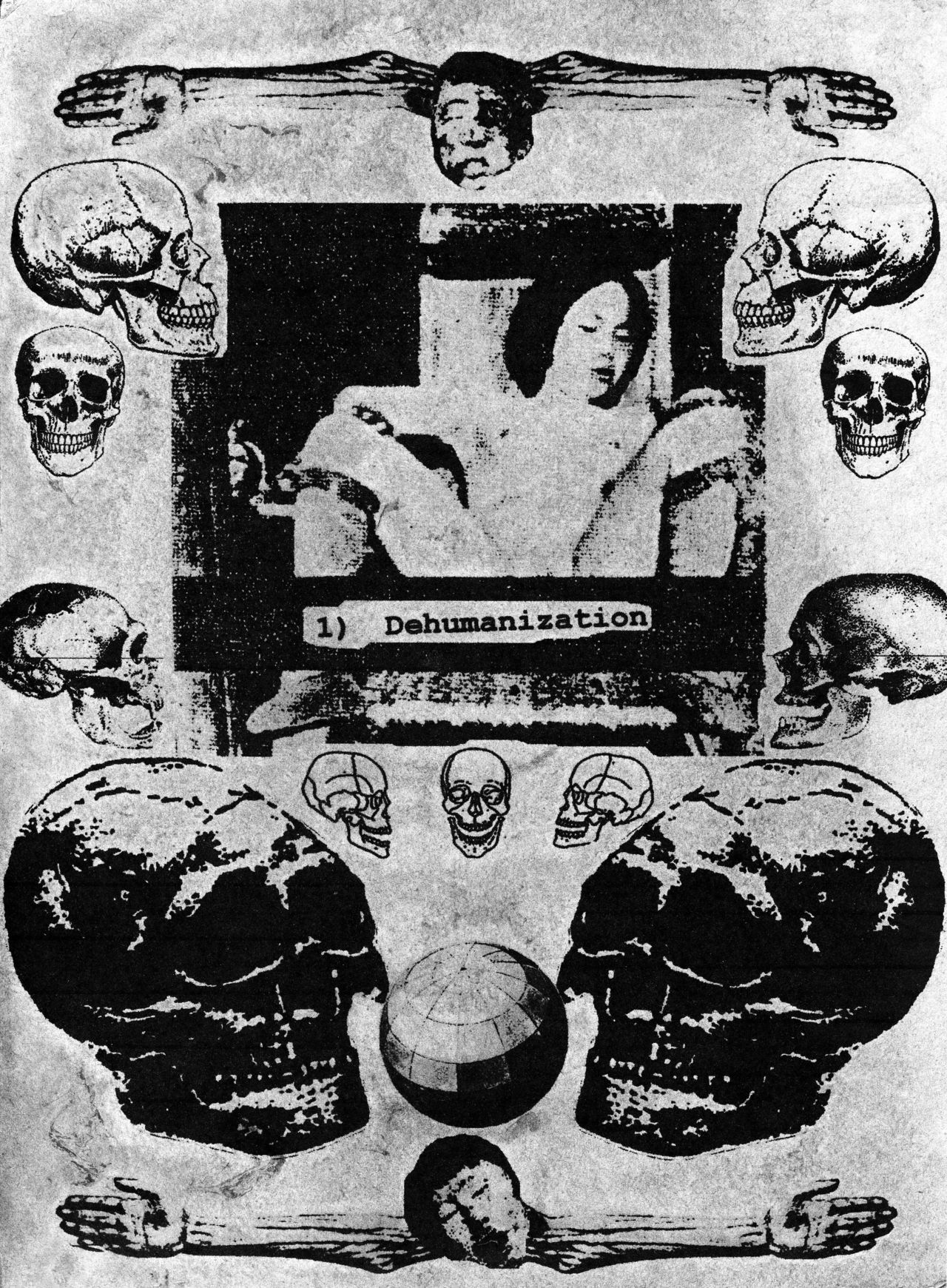


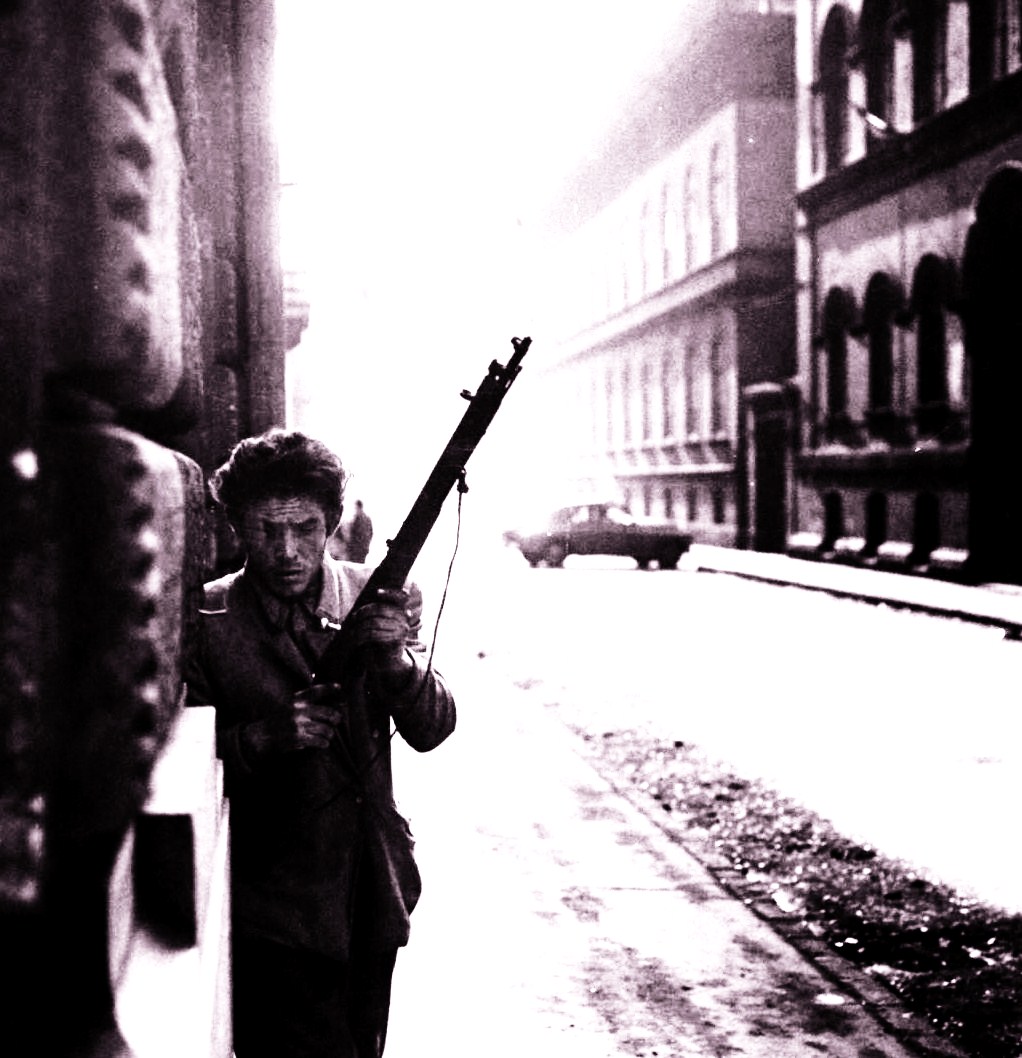
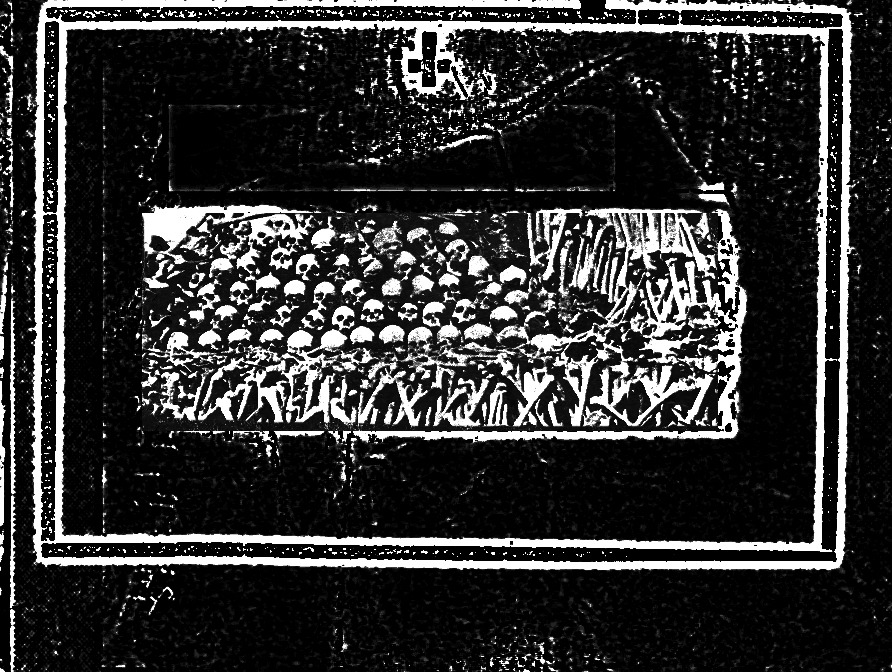
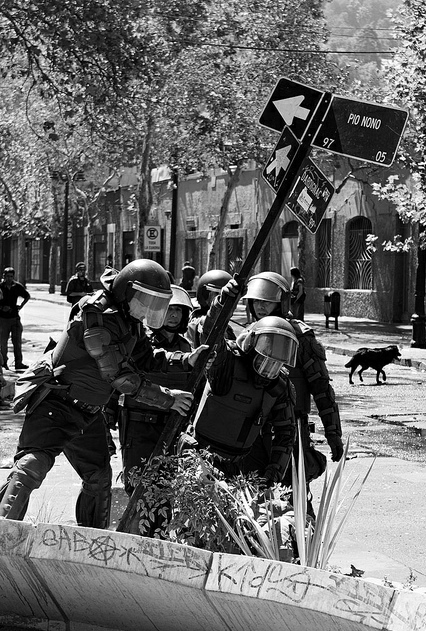


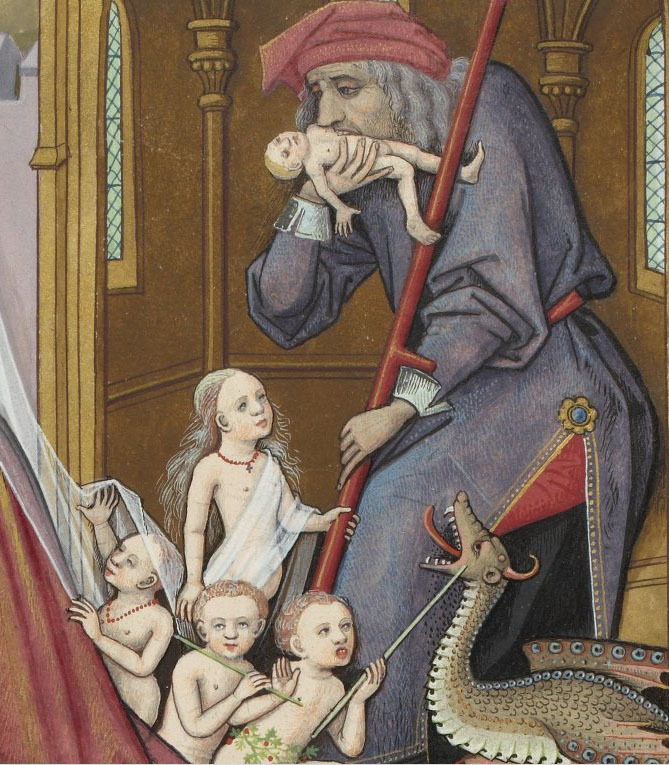
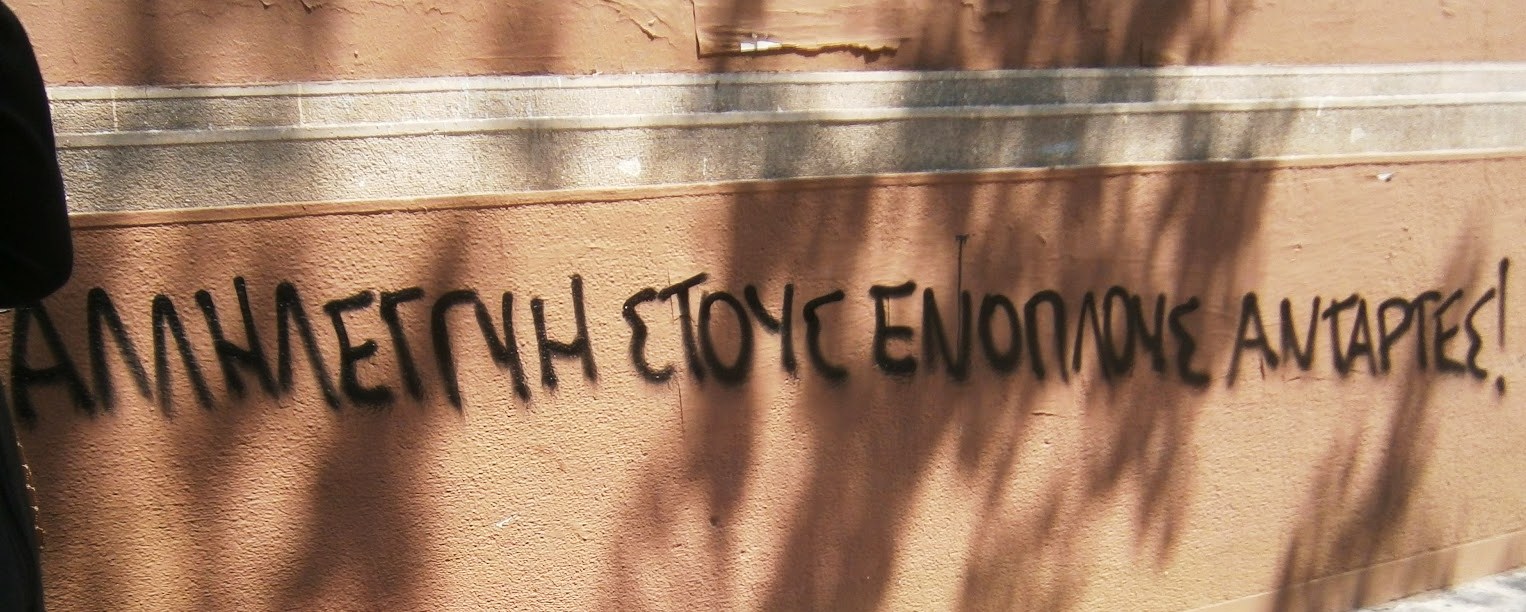

![Eurorepressione - Sulla conferenza a Den Haag sul tema "Anarchia" [corretto]](http://25.media.tumblr.com/tumblr_m0jvngOXtY1qa2163o1_1280.jpg)
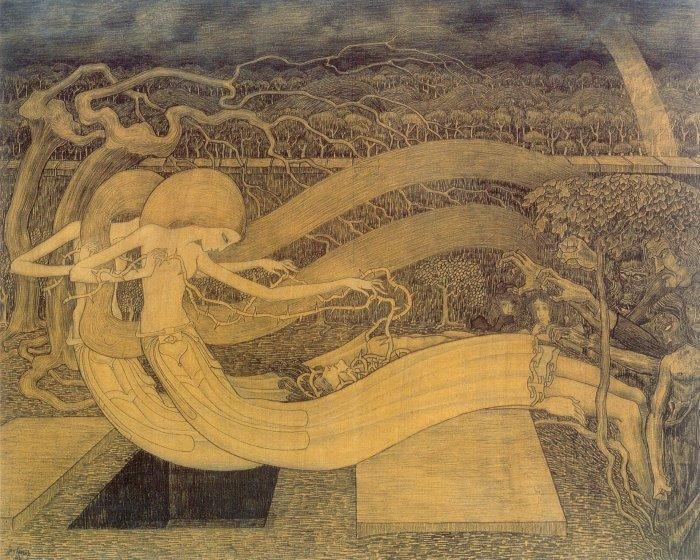
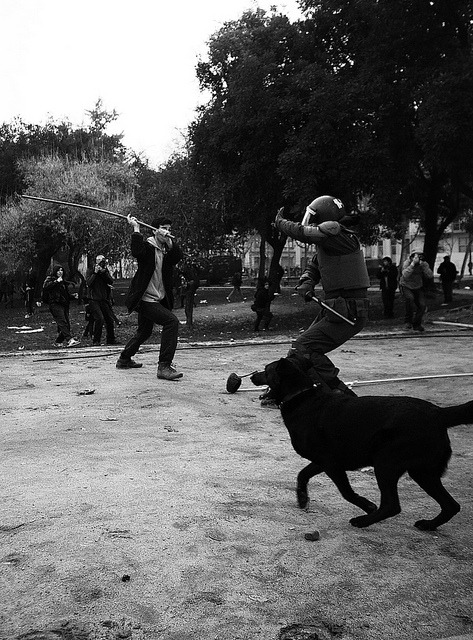
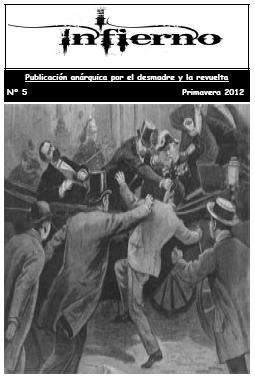
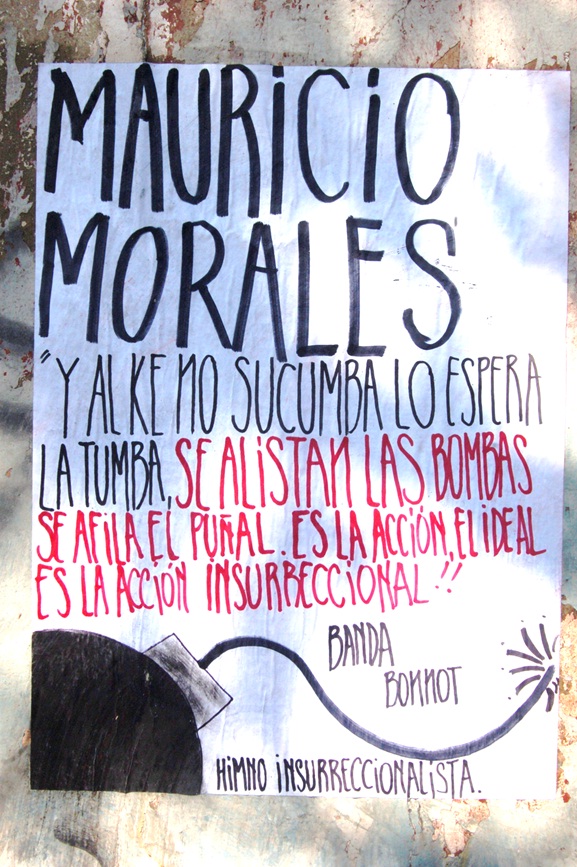
![A tres años de la Partida de Mauricio Morales: De la Memoria a la Calle [Stgo.]](http://metiendoruido.com/wp-content/uploads/2012/05/mmacividad.jpg)
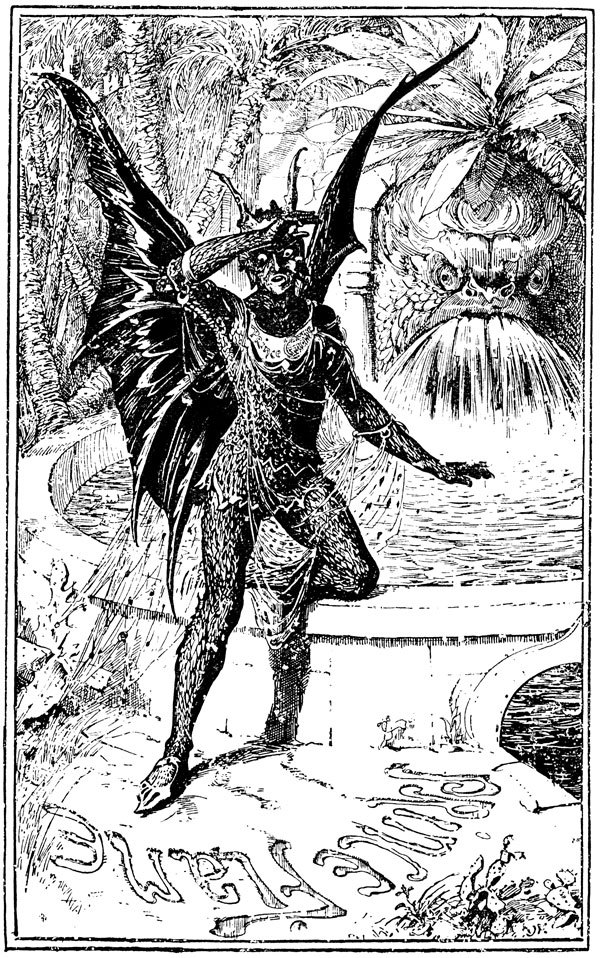
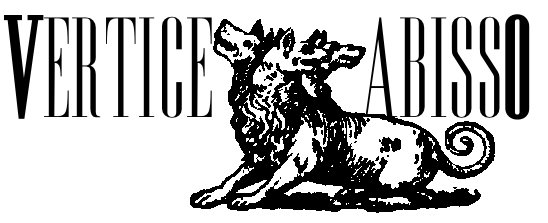



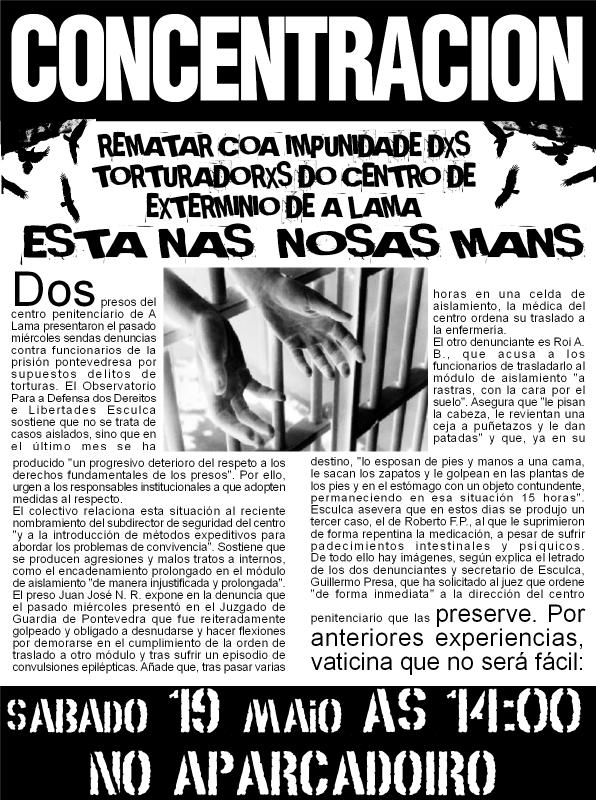

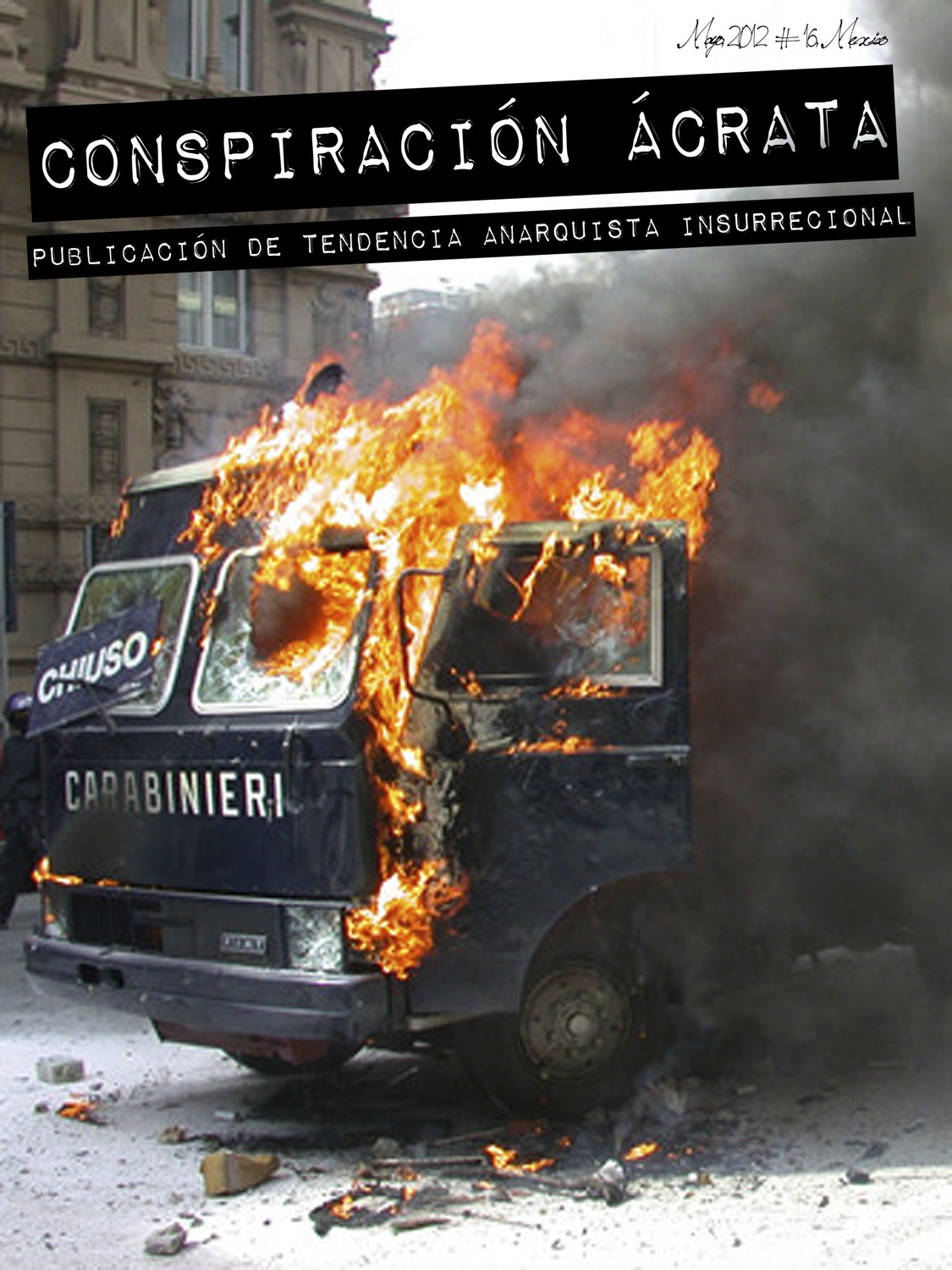

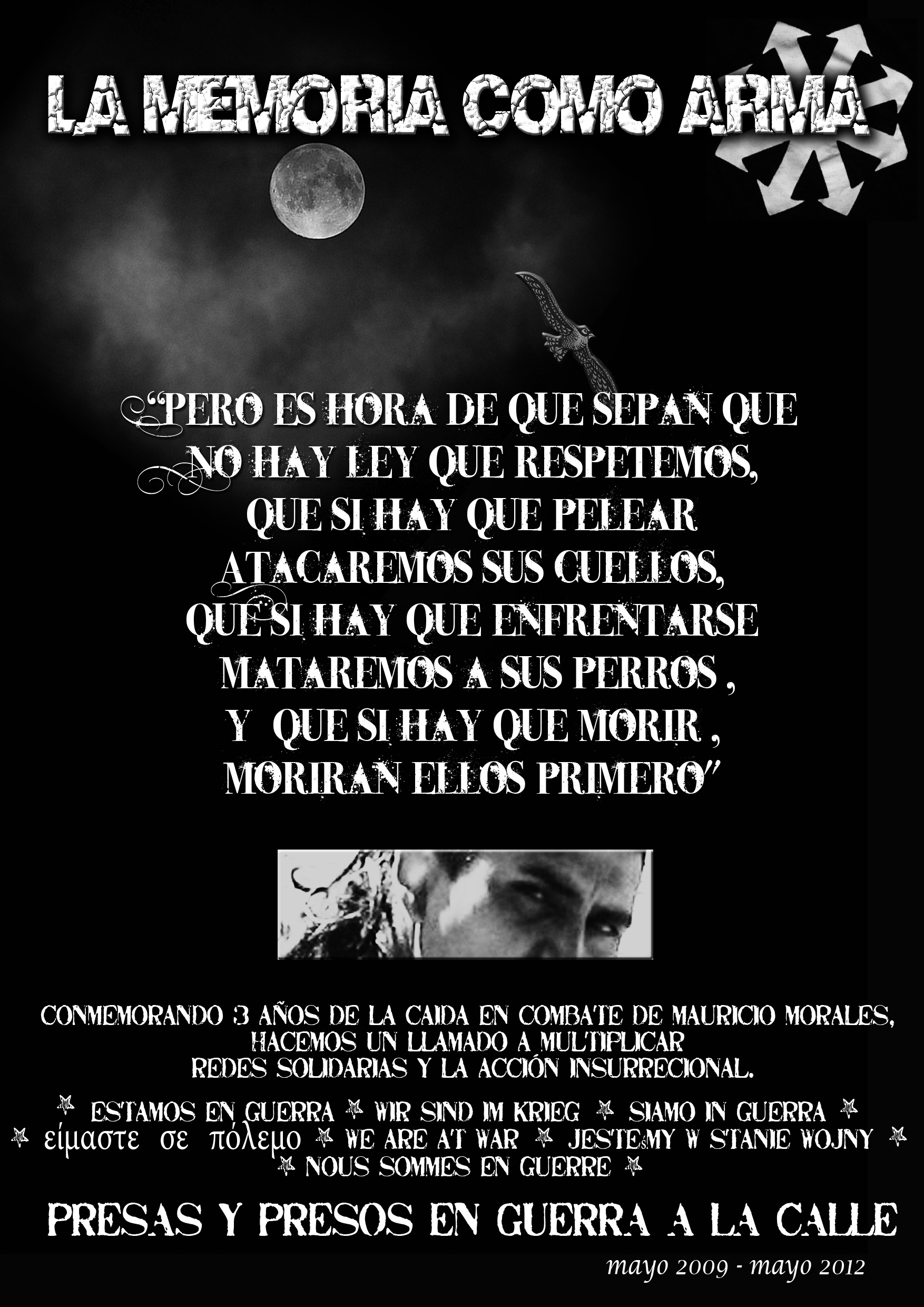







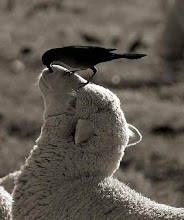

Nessun commento:
Posta un commento